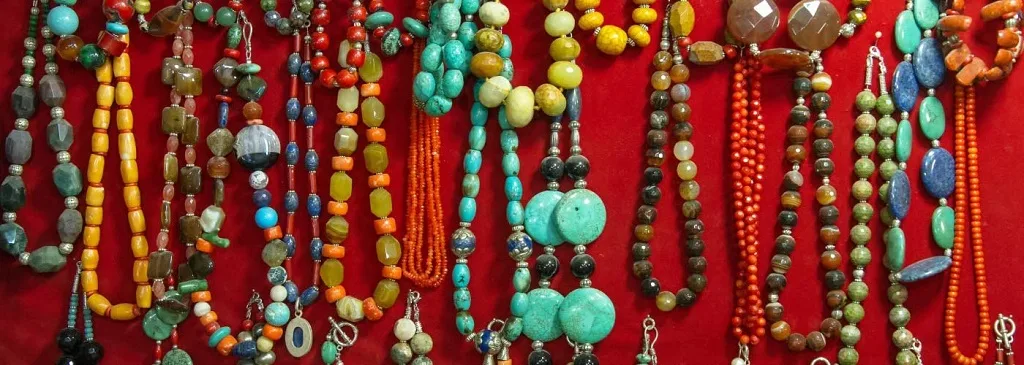
The Significance of Precious Jewelry in Different Cultures
Jewelry has played an integral role in various cultures throughout history, symbolizing everything from wealth and power to religious significance and personal expression. Across the globe, precious jewelry holds unique meanings depending on cultural traditions, materials, and craftsmanship. In this article, we will explore the diverse cultural importance of jewelry in five regions: Africa, Asia, the Middle East, Europe, and the Americas.
African Jewelry: Symbols of Status and Spirituality
In African cultures, jewelry is more than just an adornment; it is a vital aspect of social, spiritual, and political life. Traditionally, materials such as gold, beads, and shells were used to create intricate pieces that signify wealth and power. Gold, in particular, has been a symbol of royalty and divine connection in regions like Egypt and Ghana.
Furthermore, certain types of beads in African jewelry carry spiritual meanings. For example, Maasai women wear colorful bead necklaces to symbolize their status within the tribe, while certain bead patterns are used in rituals and ceremonies to communicate with the spiritual world. Jewelry is often passed down through generations, preserving heritage and spiritual beliefs.
Asian Jewelry: Tradition and Innovation
Asia, particularly India and China, has a long history of jewelry-making that blends ancient traditions with modern innovation. In India, gold jewelry plays a critical role in religious ceremonies and marriage rituals. The value of gold extends beyond its monetary worth, representing purity, prosperity, and the goddess Lakshmi, who embodies wealth and fortune.
Chinese jewelry, especially jade, has been revered for centuries. Jade is believed to offer protection and good fortune, symbolizing virtue and immortality. Beyond jade, Chinese culture is also rich with decorative gold and silver jewelry, often crafted into intricate patterns of dragons and phoenixes, which symbolize power and harmony.
Middle Eastern Jewelry: Heritage and Wealth
In Middle Eastern cultures, jewelry is seen as an investment and a reflection of familial and social status. Gold has been a predominant material, often crafted into elaborate necklaces, bracelets, and rings that are worn for festive and religious occasions. In many cases, jewelry serves as a family’s wealth, with pieces being handed down across generations.
Additionally, certain jewelry items in the Middle East are crafted to ward off evil spirits or bring good luck. The use of amulets, such as the Hamsa hand and the evil eye, is common. These symbols are believed to protect the wearer from harm and negative energy.
Modern Middle Eastern jewelry often blends traditional designs with contemporary fashion, making it both a cultural artifact and a statement of personal style.

European Jewelry: A Legacy of Craftsmanship
European jewelry history is deeply intertwined with craftsmanship and the patronage of the aristocracy. Precious stones such as diamonds, emeralds, and sapphires are key materials in European jewelry, particularly in the creation of crowns, tiaras, and other royal ornaments.
In medieval Europe, jewelry was used to signify nobility and wealth, often encrusted with precious gems. Religious jewelry, including crucifixes and medallions, played a role in Christian devotion, with pieces designed to carry religious relics. Today, European jewelry houses like Cartier and Tiffany & Co. continue to influence global trends, merging heritage craftsmanship with modern aesthetics.
Jewelry in the Americas: Tradition and Identity
Indigenous cultures in the Americas have long embraced the significance of jewelry as a reflection of identity and spirituality. Native American tribes, such as the Navajo and Zuni, are renowned for their silver and turquoise jewelry. These materials are not only aesthetically pleasing but are believed to possess healing powers and spiritual significance.
In South America, pre-Columbian civilizations like the Incas and Mayans adorned themselves with gold and precious stones as a symbol of their connection to the gods. These traditions continue today, with jewelry serving as a marker of cultural identity and heritage.
Across the Americas, the cultural significance of jewelry remains strong, with modern designs continuing to draw from ancient traditions, creating a blend of the old and the new.
